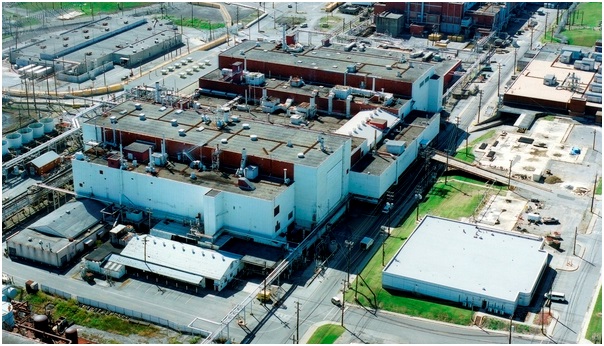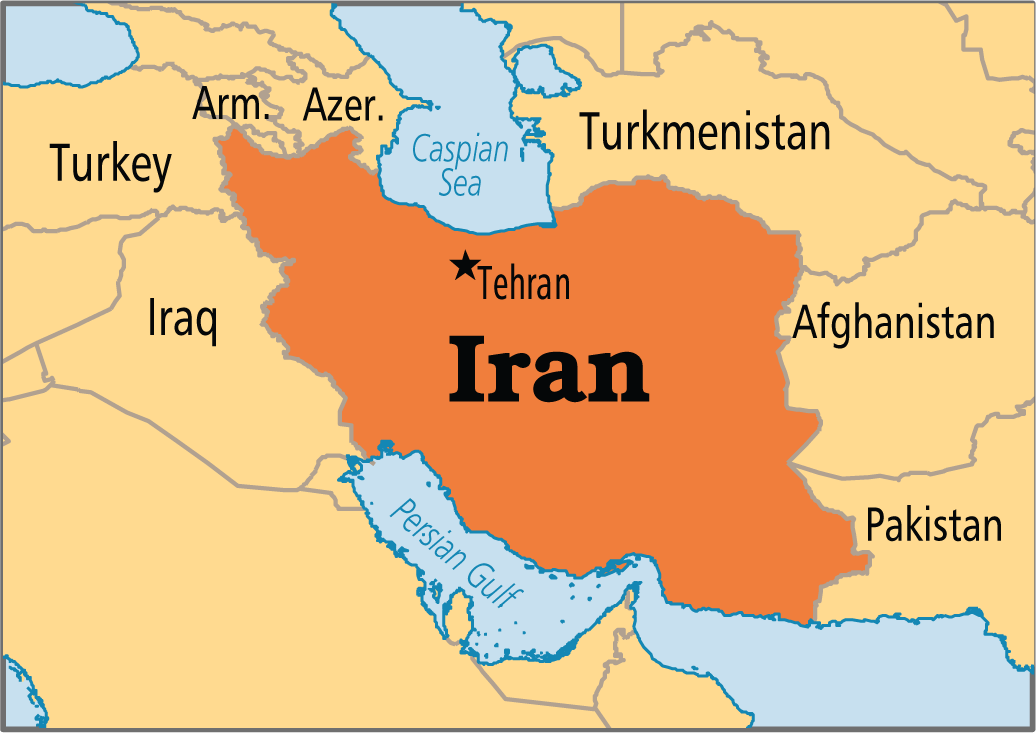Recently I focused on problems being caused by the Soviet Union and Russia dumping radioactive ships and waste into the Barents and Kara Seas near Norway yesterday. In passing, I mentioned that all the major nuclear nations have nuclear weapons development sites that are heavily contaminated and, after decades of work, are still not cleaned up. Today, I am going to talk about some ongoing problems in the U.S. with facilities left over from nuclear weapons development.
The waste generated from decades of U.S. nuclear weapons research and development was dumped in trenches or stored in underground tanks at different sites with little concern for environmental damage and public health threats. Decades after the end of such work, the cleanup of these sites is delayed by incompetence, failure to follow regulations, lack of sufficient funds, lack of knowledge about the exact constituents of stored waste, lack of transparency, mistreatment of whistleblowers, etc.
The U.S. Department of Energy has just released an audit of old buildings at nuclear weapons development sites. The Inspector General’s report identified two hundred old buildings that are radioactively contaminated and disintegrating. These contaminated buildings are supposed to be turned over to the DoE Environmental Management Program to be cleaned up but schedules keep being delayed with many buildings currently slated for cleanup after 2025.
The Oak Ridge National Laboratory was constructed in Tennessee at the town of Oak Ridge in 1942. The site was selected to house the X-10 Graphite Reactor to demonstrate that plutonium could be extracted from enriched uranium. Building 9201-5 was a uranium-enrichment facility that was constructed at Oak Ridge as part of the Manhattan Project during World War II. After the war, the building was used for a number of nuclear projects involving uranium, mercury and beryllium among other materials.
Building 9201-5 began deteriorating after it was closed down in 2005. A 2008 Environmental Management report found that there was substantial flooding in the building. External piping and supports were corroding. Reinforced concrete roof panels were deteriorating. The report said “The assessment concluded that the combination of the large facility size, rapidly deteriorating conditions, and vast quantity of items requiring disposition made this facility one of the greatest liabilities in the Department’s complex.”
The recent Inspector General’s report stated that “However, since cleanup efforts were performed, officials informed us that the facility has degraded at an increasingly alarming rate,” the IG report said. “In particular, a 2014 NNSA site assessment indicated that roof degradation continues to be widespread throughout the facility with varying levels of severity. This has resulted in significant water intrusion and the spread of radiological and toxicological contamination.” “Additionally, the assessment identified the potential for an explosion or reaction associated with remaining contaminants and personnel safety issues related to the degraded condition as high-risk areas. Overall, the assessment concluded that this facility presents a high risk to the workers and environment and should not be accepted.”
The IG report called for reassessment of project needs and redirecting funds to deal with immediate dangers at Building 9201-5. The U.S. National Nuclear Security office of the DoE has categorized the building as the “worst of the worst.” This is only one out of two hundred buildings that desperately need attention to prevent environmental contamination. The estimate for this cleanup work is currently almost three hundred billion dollars. Any delays will certainly increase the costs of cleanup.
Building 9201-5 at Oak Ridge National Laboratory:






